Red Light Therapy (RLT) is a non-invasive light therapy that utilizes specific wavelengths of red light energy to penetrate the skin and promote cellular repair and regeneration.
Data suggests that RLT can significantly improve skin condition, accelerate wound healing, effectively manage pain, and enhance recovery in athletes. These findings not only confirm its efficacy but also broaden the potential applications of this non-invasive therapy in the medical and cosmetic fields.
Different types of red light therapy will vary depending on the wavelength, light source, mode of application, and scope of application.
In this article, we'll go over a few of the main types of red light therapy and the scenarios in which they can be applied, to help you better understand the right treatment for your needs.
Types of Red Light Therapy

The types of red light therapy devices will be categorized into several types depending on the light source and wavelength, which include the following:
1. Low-Level Laser Therapy (LLLT)
Low-intensity laser therapy is the use of low-energy red and near-infrared lasers to promote cellular activity and accelerate the healing process. This type of red light therapy usually utilizes lasers with wavelengths between 600-1000nm that penetrate the skin to the muscles and even joints.
After penetrating the skin and tissues, this treatment acts on the mitochondria of the cells to help produce more adenosine triphosphate (ATP), the cell's “energy currency”, which activates cell regeneration, promotes the formation of new cells, and repairs damaged tissues.
- Scenarios: Joint pain, sports injuries, chronic pain.
- Advantages:High precision, and ability to penetrate deeply into the treatment area.
- Disadvantages:Usually requires specialized equipment and operation, higher price.
- Precautions:Due to the use of laser technology, LLLT usually needs to be performed under professional supervision to ensure safe operation and to avoid over-exposure leading to adverse reactions.
Common applications of LLLT include relieving pain in muscles and joints, as well as promoting recovery from tissue damage such as tendonitis. Its greater depth of penetration makes it suitable for treating deeper layers of tissue.
2. LED Red Light Therapy (LED RLT)
LED Red Light Therapy is the most common form of home red light therapy that uses LED lights to deliver red and near-infrared light. The wavelengths of this type of red light therapy are usually 630nm and 660nm, which can effectively work on the surface and superficial tissues of the skin.
The low energy and stable wavelength of the light source of LED makes it suitable for skin treatments on the face and body. It is one of the most popular red light treatments due to its affordability and ease of use.
LED red light penetrates deep into the superficial layers of the skin and stimulates collagen production, restoring elasticity and radiance to the skin and helping to improve skin problems such as wrinkles, fine lines, pigmentation, and acne.
- Applicable scenarios:anti-aging, beauty care, skin health.
- Advantages:Safe, suitable for home use, and more affordable.
LED red light therapy is especially popular in the beauty field because of its high safety and ease of operation. It is suitable for removing fine lines, tightening the skin, and reducing acne marks.
3. Infrared Therapy
Infrared therapy utilizes near-infrared light with longer wavelengths, which can penetrate deeper into the skin and reach deeper tissues such as muscles and joints than ordinary red light therapy. The wavelength is usually between 800-850nm.
The deep penetrating effect of infrared therapy makes it excellent in improving blood circulation, increasing oxygen and nutrient delivery, helping to relieve pain, and aiding muscle relaxation and recovery.
- Uses:Infrared therapy in sports rehabilitation, arthritis, back pain, shoulder and neck pain, and other chronic pain.
- Advantage:Infrared therapy is gentle, safe, non-invasive, and suitable for prolonged use, especially for users who need a deep penetrating effect.
4. Cold Laser Therapy
Cold Laser Therapy is a very low-intensity laser treatment, similar to LLLT, but using a much lower intensity laser, hence the name “cold laser”.
Cold lasers do not produce heat, so there is no burning sensation during the treatment. Cold lasers work primarily at the cellular level to help reduce inflammation, relieve pain, and promote the repair and regeneration of damaged tissue.
- Uses: Applied to physical therapy for musculoskeletal injuries, chiropractic treatment, joint pain, frozen shoulder, tennis elbow, and other chronic conditions.
- Advantage: Cold laser therapy is non-invasive, safe, without any damage to the skin and tissues, suitable for frequent use, and conducive to the rapid recovery of acute injuries and diseases.
Each of these red light therapies has its advantages and disadvantages. Depending on the purpose of use and the depth of action required, choosing the right therapy can lead to ideal results in skin management, sports rehabilitation, and pain relief.
What Are the Types of Red Light Therapy for Home Use?
There are a wide variety of red light therapy devices commonly used in the home environment, and the following are a few that are suitable for home use:
1. LED Mask
LED masks are widely used for home skin care. Designed to fit the shape of the face, this device is easy to use and is mainly used to improve skin tone and minimize fine lines and acne problems.
The LED Mask evenly illuminates the entire face, and the red and near-infrared light can stimulate the production of collagen, making the skin more elastic, smooth, and delicate.
Suitable for: People who wish to perform anti-aging and beauty treatments at home.
2. Handheld Red Light Wand
A handheld red light therapy wand is a portable device suitable for localized skin or concentrated irradiation of specific painful areas. The device is usually small, portable, and flexible, and can be used to directly irradiate specific locations such as acne, blemishes, and wounds. The Red Light Therapy Wand provides significant relief for small areas of skin problems and mild pain.
Suitable for: People who need localized skin care or pain relief in specific areas, especially suitable for the precise treatment of acne and pigmentation.
3. Full Body Red Light Panel
A full-body red light panel is a red light device that can cover a large area of the body, usually hung on the wall or mounted on a fixed stand.
Suitable for holistic health and skin care, the Full Body Red Light Panel helps to accelerate blood circulation and promote muscle relaxation and recovery through the penetration of deep red light. Ideal for daily use, it is particularly suitable for those concerned with overall health and energy enhancement.
Suitable for: People who wish to have a full body anti-aging, energy boost, or full body muscle relaxation.
4. Portable Red Light Therapy Eye Mask
The Red Light Eye Mask is a red light device designed specifically for the eye area and is easy to use at home. Lightweight and easy to wear, the eye mask uses soft red light to relieve eye fatigue and reduce dark circles and fine lines around the eyes, making it ideal for users who use computers and cell phones for long periods of time.
Suitable for: People who use electronic screens more daily, have fatigue around the eyes, or have problems with dark circles.
5. Red Light Beauty Wand
A beauty stick is small and portable beauty equipment, usually used for face or other small area skin care. It uses red light combined with microcurrent technology to help stimulate skin cells, boost firmness, and improve skin radiance and elasticity.
The Beauty Wand is perfect for daily skincare and is easy to operate, making it suitable for an additional treatment step in your daily skincare routine.
Suitable for: Those who have anti-aging needs and want to improve skin elasticity and radiance.
6. Wearable Red Light Therapy Module

The module is embedded with an LED red light lamp or low-intensity infrared light source, which can continuously provide red light irradiation. The wearable red light therapy module is designed to fit the body's curves and uses soft, breathable materials that are not only comfortable to wear, but also allow freedom of movement during daily activities.
Compared to the full-body red light panel, the portable LED panel is lighter and can be worn anywhere needed, such as on the head, neck, shoulders, and waist. Thus, it can be used during housework, office or even sports.
Suitable for: People who want flexible care for different parts of the body, suitable for beauty and pain relief, including arthritis.
Currently, red light therapy equipment is widely used in various fields. If you still don't know how to choose, please continue to read on!
How Do I Choose the Right Type of Red Light Therapy?
The right type of red light therapy for you depends on your specific health goals and the areas of the body you want to target. Here are some tips to help you make an informed decision:
- If your main concern is skin health, acne, or facial rejuvenation, consider a red light mask or targeted red light device.
- If you don't want to spend extra time doing treatments, you can choose portable as well as wearable red light therapy devices. This allows you to perform treatments while doing chores or exercising.
- For full-body recovery or addressing inflammation throughout the body, a full-body red light therapy board or bed is ideal.
- If you're dealing with muscle soreness or joint pain, especially deep tissue pain, choose near-infrared light therapy or a combination device.
- To treat hair loss, a red light therapy cap or hair brush is the best option.
PRUNGO's Medical-grade red light therapy devices combine two different wavelengths of light, each containing 6*650nm red LEDs and 4*850nm infrared light. PRUNGO's Medical-grade red light therapy devices utilize Advanced Polarized Light Technology with 10-degree lens technology that enables the focusing lens to concentrate the infrared polarized light energy on a specific pain point, increasing the density of the light energy to more accurately and efficiently target the treatment site. This approach allows for faster treatment of inflammation repair and pain relief. Giving us better treatment results.

Unlike other products, it is a wearable Medical-grade red light therapy device, which can facilitate you to synchronize the treatment while doing housework or exercise without spending extra time on treatment.PRUNGO's Medical-grade red light therapy devices module has obtained FDA approval, CE marking, and so on, to ensure that the device meets safety standards.
You should consider these safety certifications while choosing any type of device to ensure your safety and avoid skin damage or discomfort that may be caused by low-quality devices.
FAQ
1. What Are the Advantages of the Wearable Red Light Therapy Module?
The main advantage of the Wearable Red Light Therapy Module is its convenience and flexibility. As the module is designed to be lightweight and fit the body, it can be fixed on the neck, waist shoulders, etc., making it easy to use in daily activities.
Its flexible design can help users free their hands and enjoy continuous exposure to red light while working or exercising, helping to relieve muscle pain, promote blood circulation, or relax joints.
2. Does the Wavelength of Red Light Therapy Affect the Results?
Yes, the wavelength of red light therapy significantly affects the treatment effect, and different wavelengths have special effects on different depths and areas. Red light with a wavelength of 620-660 nanometers mainly works on the surface layer of the skin and is suitable for cosmetic needs such as improvement of wrinkles, acne, and hyperpigmentation.
Near-infrared light with a wavelength of 800-850 nanometers penetrates deeper and reaches deeper tissues such as muscles and joints, making it more suitable for relieving chronic pain, muscle soreness, and inflammation.
Choosing the right wavelength can help achieve the desired results. If you wish to treat both superficial skin and deep muscles, you can choose a red light device that offers a combination of wavelengths.
3. Is Red Light Therapy Safe? What Are the Precautions for Home Devices?
Red light therapy is generally considered safe, especially at the correct frequency and intensity. Red and near-infrared light have few negative effects on skin and tissue.
However, overuse may cause mild skin dryness or redness. When you use a home red light therapy device, follow the frequency and exposure time recommended in the instructions. Choosing a device with safety certifications, such as FDA or CE marks, can improve safety and avoid unnecessary risks associated with low-quality devices.
4. How Often Should I Use My Home Red Light Therapy Device?
For best results, it is recommended that red light therapy at home be used 2-3 times per week for 15-20 minutes each time. This frequency allows the skin and tissues to gradually adapt to red light irradiation, avoiding irritation caused by overuse, while achieving gradual improvement.
The frequency can be flexibly adjusted according to individual needs and circumstances, e.g. slightly increase the frequency when pain is more severe or skin problems are more pronounced, but avoid high frequency of daily use. Consistent use over time usually results in more dramatic improvements, such as pain relief, improved muscle elasticity, and improved skin condition.
PRUNGO hot articles recommended:


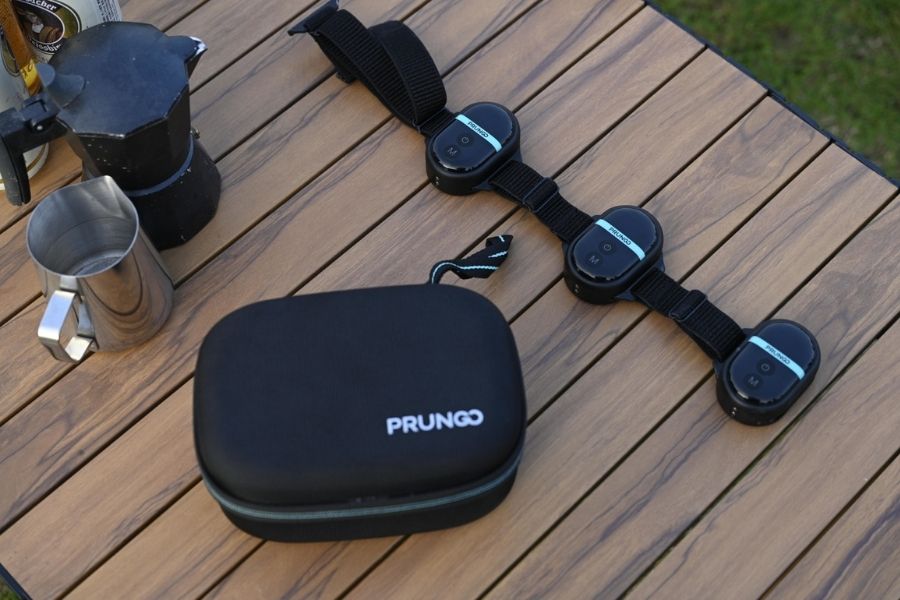
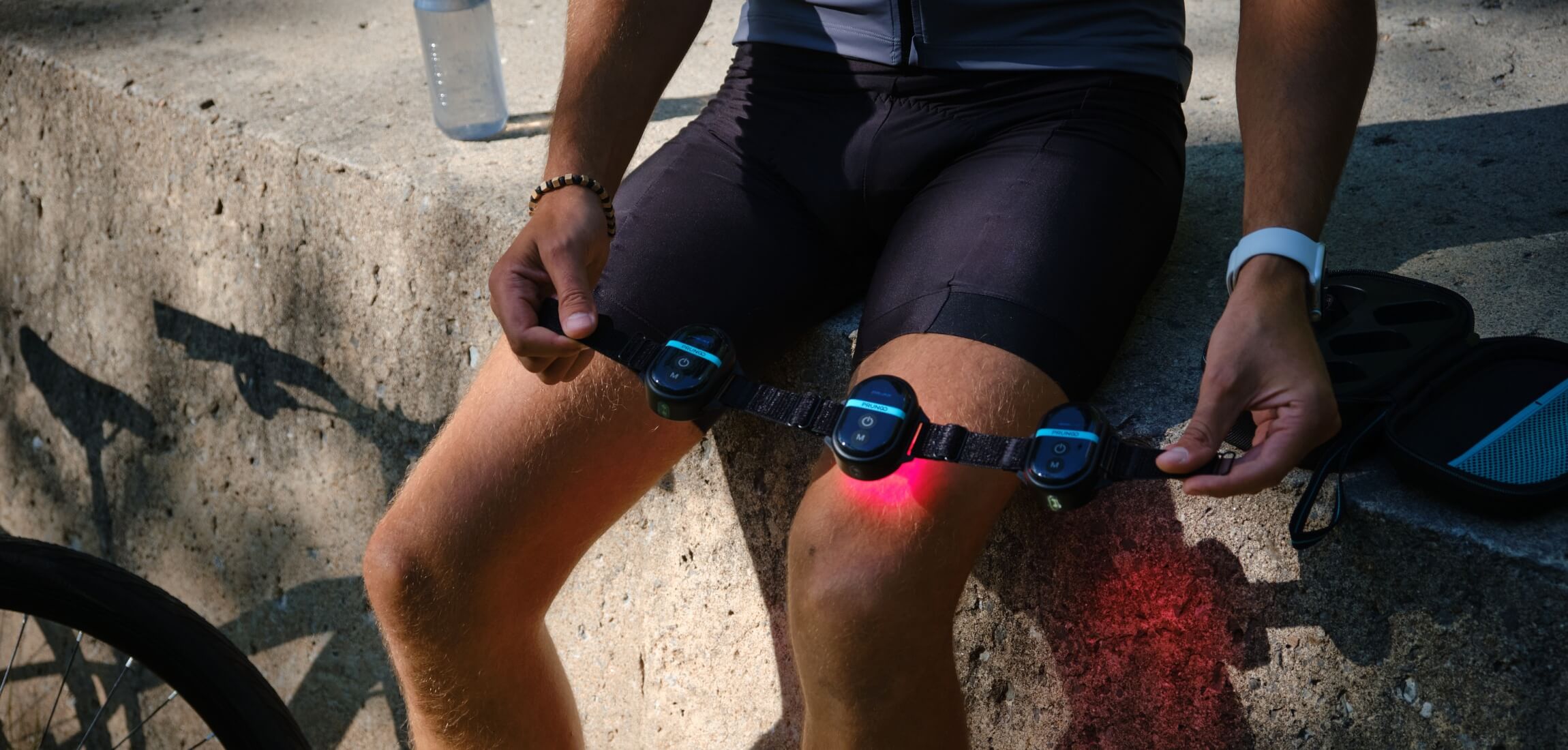
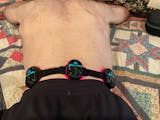
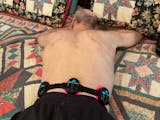









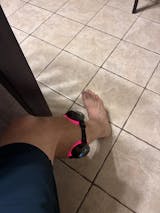
Share:
How Does Red Light Therapy Work for Pain Relief?
Can You Do Red Light Therapy Every Day?